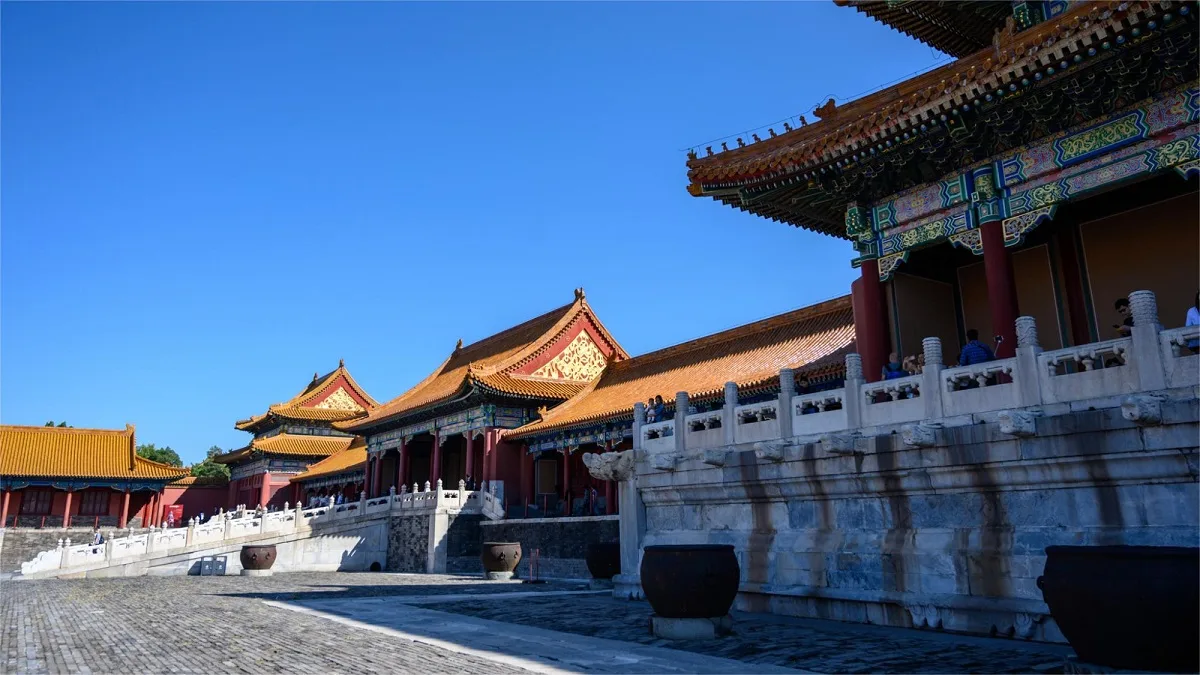The architectural history of Beijing spans centuries, boasting a rich cultural heritage and distinctive styles. Dating back to the early Western Zhou Dynasty (over 2000 years ago), architectural activities were already evident in the Beijing area. The capital of the Yan State was situated in present-day Beijing’s Fangshan District, particularly in Liulihe Town, leaving behind significant relics of early architecture in the region. Over time, as history unfolded, Beijing gradually evolved into a political and cultural hub for multiple dynasties, leading to increased architectural development.
The Ming and Qing Dynasties marked the zenith of architectural development in Beijing. During the Ming Dynasty, Beijing became the capital, and the construction of the Forbidden City emerged as one of the grandest architectural endeavors of the era. Serving as the imperial palace during both the Ming and Qing Dynasties and housing 24 emperors, the Forbidden City stands as a magnificent embodiment of traditional Chinese classical style and Eastern aesthetics. It remains the largest palace complex in China and the world, representing a precious cultural heritage of the Chinese nation. Beyond the Forbidden City, the Ming and Qing Dynasties also witnessed the construction of numerous temples, imperial tombs, palaces, and gardens, shaping the unique urban landscape of Beijing.
In modern times, Beijing’s architectural style underwent further evolution. With the introduction of Western culture, new architectural forms and materials began to integrate with traditional Chinese architectural styles, creating striking contrasts. Modern buildings using contemporary architectural techniques and materials began to rise in Beijing, such as the Great Hall of the People and the National Museum of China, blending modernity with traditional Chinese elements.
Contemporary Beijing architecture exhibits a diverse character. Traditional Chinese architectural elements and styles continue to be widely utilized, including roof structures and dougong decorations, which have been further developed in modern architecture. Simultaneously, with the process of globalization, Beijing’s architecture has absorbed excellent elements from around the world, resulting in a unique modern architectural style.
In summary, the architectural history of Beijing is a rich and colorful epic of transformation. From ancient palaces and temples to imperial gardens of the Ming and Qing Dynasties, and then to modern architectural marvels, each era has left behind unique architectural imprints that collectively constitute Beijing’s distinctive urban landscape. These buildings not only serve as vital witnesses to the city’s development but also embody important carriers of Chinese culture and heritage.


